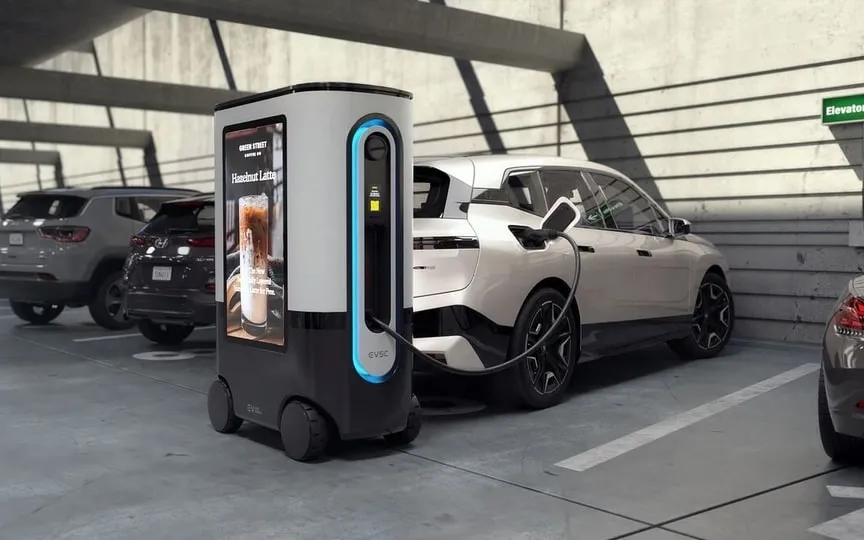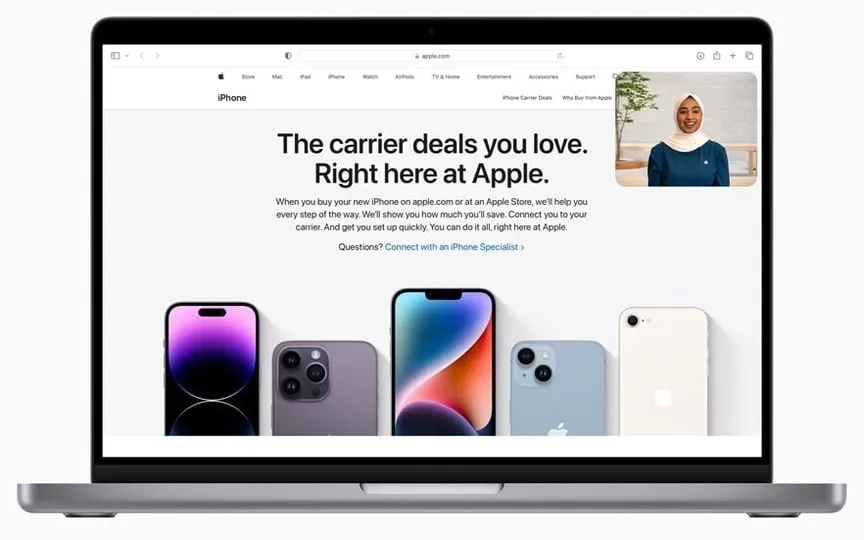No Need to Worry About Running Out of Power – Mobile EV Chargers are Here!
In the United States, there are approximately 50,000 public charging stations available for electric vehicles, which pales in comparison to the estimated 145,000 retail outlets where one can buy fuel for a traditional gasoline-powered car. This stark contrast is the main cause of the well-known charging anxiety, as it instills the fear of potentially running out of power during a journey.
In addition to the worry of current and potential EV drivers being able to find a charge, they also worry that the charging infrastructure may not work. More than 20 percent of electric car drivers in the United States said they drove to a charging station and were unable to charge their vehicle due to a device malfunction, according to data analytics company J.D Power.
Numerous startups are trying to solve this problem, developing mobile chargers from clunky metal boxes to melting robots on wheels ready to roam parking lots. While startups are initially seeing interest in fleets of vehicles — which are often parked where charging infrastructure isn’t available — the technology may become more common among everyday drivers in the future.
The charging network currently being built in the U.S. is the “backbone” for drivers to “trust that they can drive long distances in an electric car,” said Alan Jenn, an assistant professor at the University of Transportation Studies. California, Davis. “Mobile chargers offer a slightly different, slightly nuanced type of charging experience, and these things will find a home somewhere.”
Electric vehicle manufacturer Lightning eMotors has developed a cell phone charger called the Lightning Mobile that weighs a whopping 9,900 pounds (4,500 kilograms) and costs more than $300,000. Not exactly what you’d consider “portable,” the unit acts more like a generator that can be rolled up anywhere there’s no charging infrastructure, including remote locations, event spaces, and equipment warehouses. A maximum of four vehicles can be connected to the network at a time.
The Lightning Mobile unit has been on the market for a few years, and interest and demand for Lightning eMotors has recently increased, says sales and marketing director Nick Bettis, especially on the West Coast, where electric cars are becoming more common quickly. .
According to electric vehicle expert Seth Leitman, solutions like these, which offer scaled charging from the grid, can help drivers navigate charging deserts — vast stretches of road without public charging infrastructure — like the Appalachian Trail or Route 66.
They can also save power outage scenarios as a result of natural disasters or power outages, Bettis added.
Another emerging solution is a wheeled robot called ZiGGY, which is currently being developed by Los Angeles-based startup EV Safe Charge. The robot is designed to work in parking lots and garages, and the driver can reserve it from the app. After that, it takes the designated parking spot and acts as a mobile charger when the driver arrives. The startup recently won a competition organized by the city of Barcelona and plans to pilot ZiGGY in municipal parking garages.
According to Leithman, this type of shareable mobile charger could be a game changer in urban spaces such as apartment buildings or airports where real estate is at a premium. Although not currently commercially available, CEO Caradoc Ehrenhalt said the company plans to roll out the chargers globally “as soon as possible.”
Businesses that need charging anywhere from warehouses to event spaces can rely on the Roadie Portable, created by Massachusetts-based SparkCharge. This mobile charger fits directly into the back of the electric car. According to the company, it can produce up to 20 kilowatts of power and up to 14 hours of power with additional battery units. (Units are customizable, which may affect the price. The company did not share exact pricing information.)
“These industries are increasingly integrating EVs into their operations and are demanding instant access to charging,” SparkCharge CEO Joshua Aviv said. “This will ensure that electric vehicle drivers can charge their vehicles anytime and anywhere, ultimately accelerating the transition to a sustainable future.”
Even if you happen to be stranded on the road without a handy robot or cell phone charger, one can come right to you.
AAA has launched a roadside assistance program in 24 cities from Denver to Nashville to help electric car drivers who run out of juice. The company can send mobile phone chargers, so stranded motorists can charge their electric cars enough to get there or to the right kind of charger.
“We want to make our members feel comfortable that they can make the transition to electric cars and know that AAA is there to support them,” said Greg Bannon, AAA’s director of automotive technology research.
However, as the public charging infrastructure continues to improve, the demand for mobile chargers may decrease in the future.
“One of the challenges they have to overcome is making it mobile and putting in an extra battery unit, that can be quite expensive,” Jenn said. “That’s why I don’t think these would necessarily be very widespread solutions.”
Chargers on wheels will only serve as a bridge solution until electric vehicle drivers feel secure on the public grid, says Arcady Sosinov, CEO of FreeWire Technologies, which specializes in EV charging solutions.
However, the companies that make them can be successful if they find the right apps for online charging. Multiple homes, where building fixed charging infrastructure is likely to be challenging to install, could be a sweet spot, Jenn said.
“It’s really the wild west for charging technology and infrastructure right now,” he added. “Everyone is still learning a lot about what works and what doesn’t. I wouldn’t be so quick to dismiss anything yet.”




